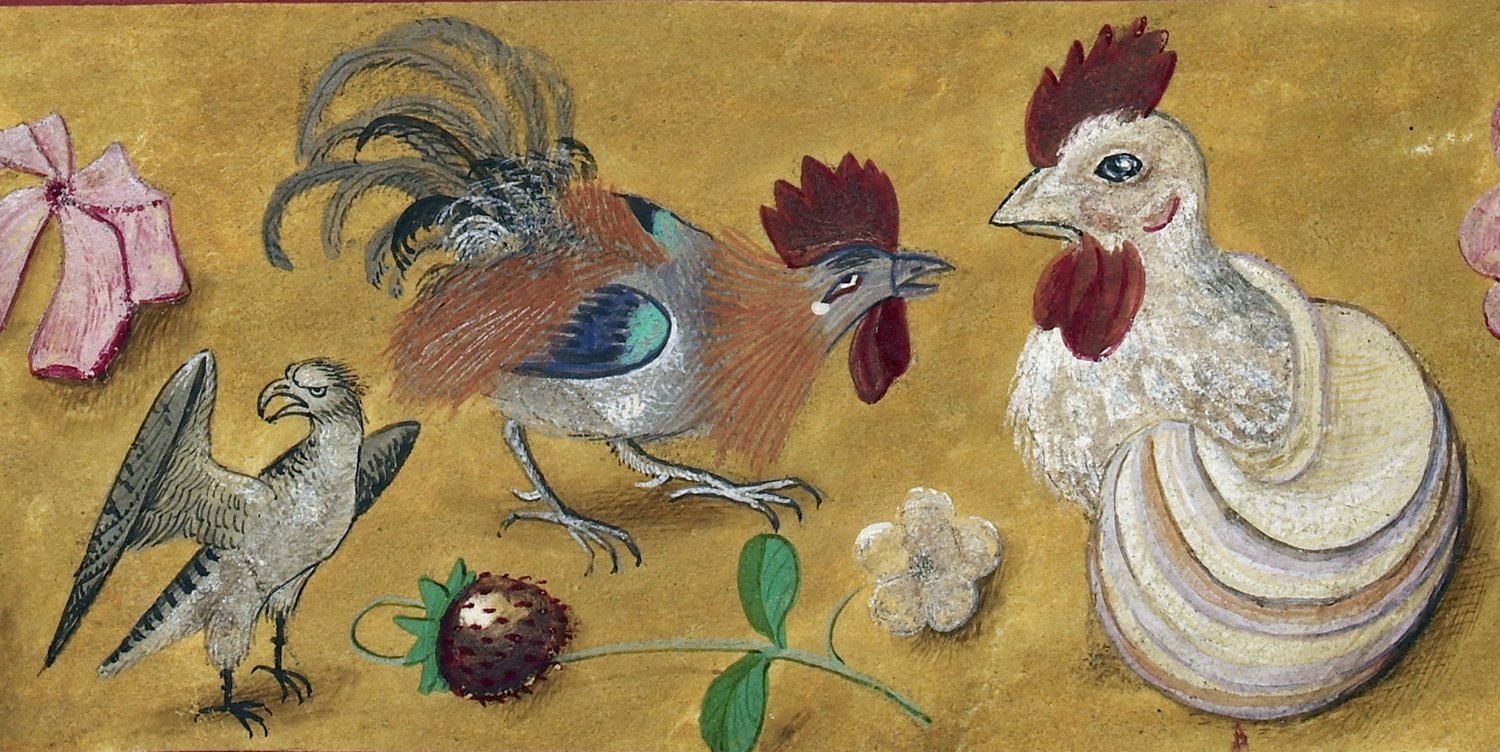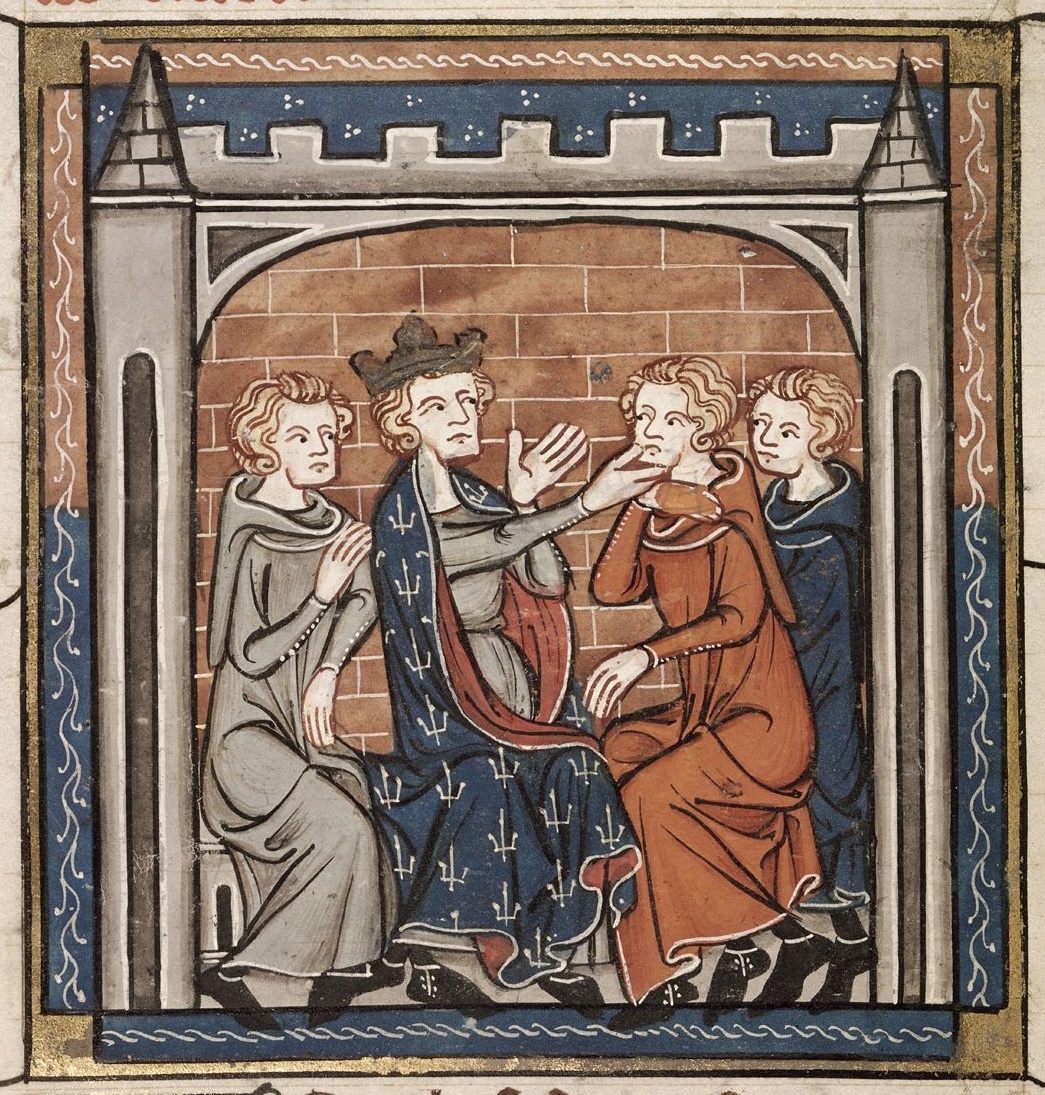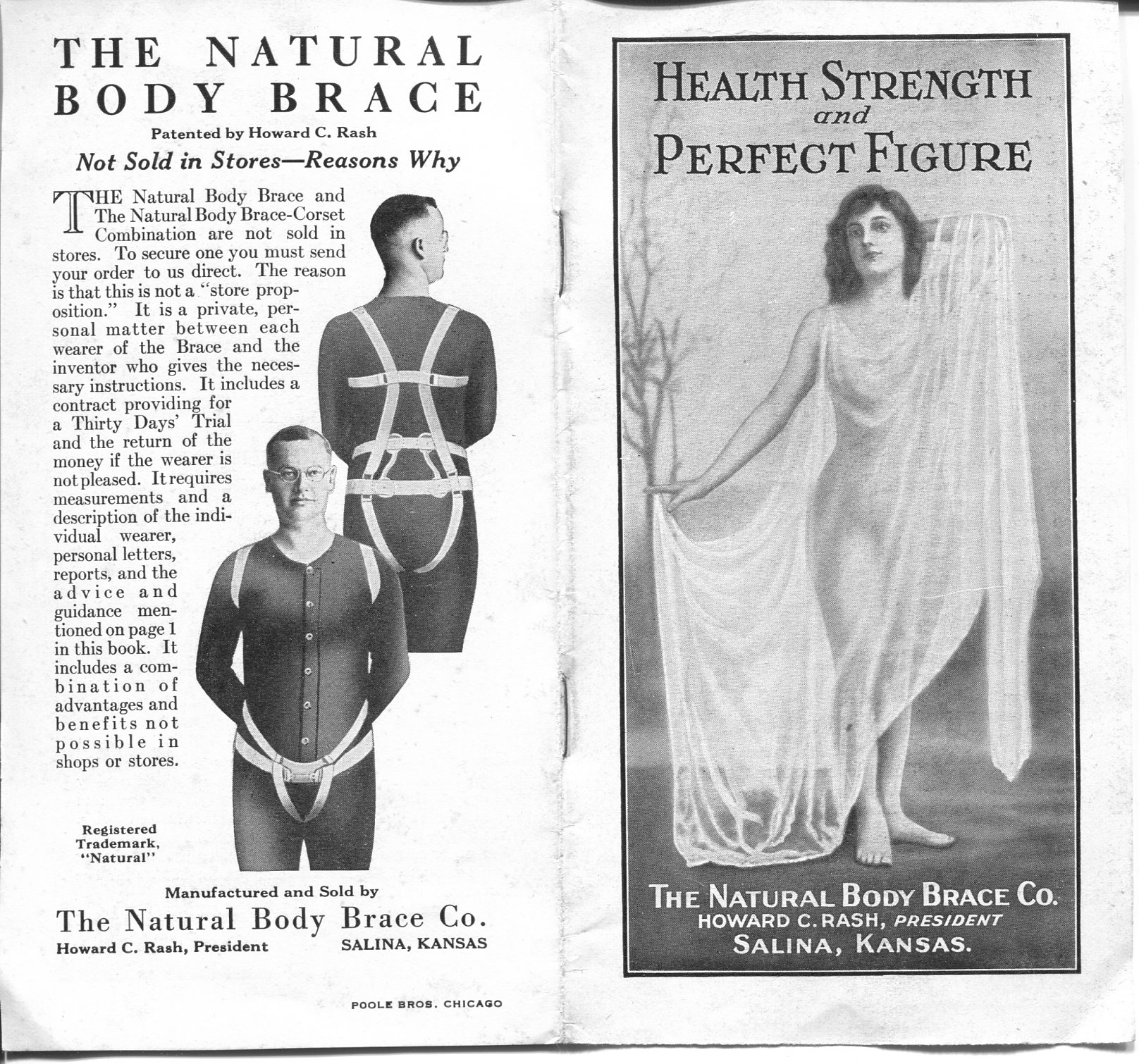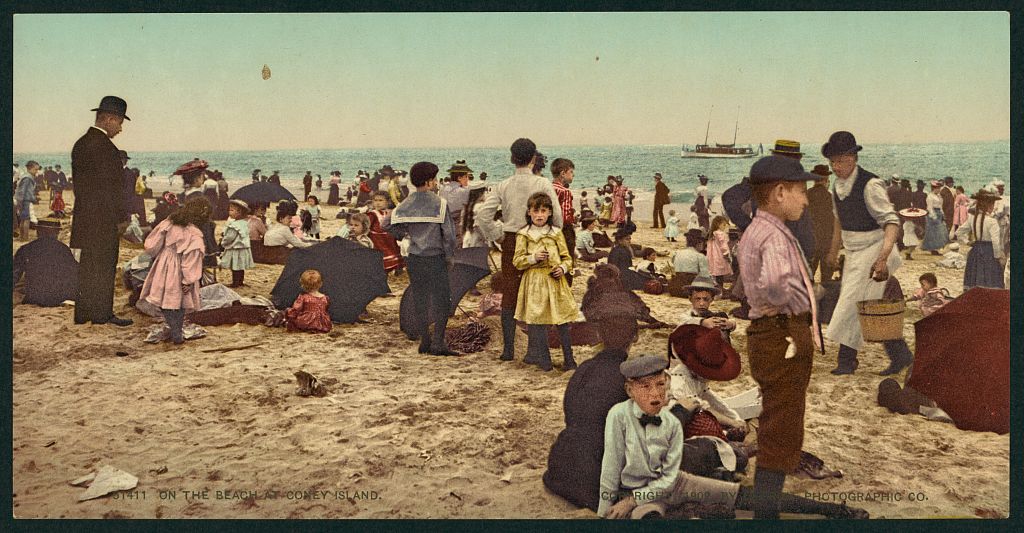In the 1320s, a Franciscan friar left Ireland to go on a pilgrimage to the Holy Land. Friar Simon Fitzsimons journeyed from Ireland, through London, Canterbury, Paris, to Venice, where he and his companions took a ship to Alexandria, Egypt. They toured the sites around Cairo, and then traveled overland through the desert to Jerusalem.
As he traveled, he kept wrote an account to share with those back home. While in Egypt, Friar Fitzsimons was amazed by Egyptian techniques for hatching chickens. Here is his description:
“Also in Cairo, outside the Gate and almost immediately to the right . . . there is a long narrow house in which chickens are generated by fire from hen eggs, without cocks and hens, and in such numbers that they cannot be numbered. In that house, on both sides the earth is raised to the height of an altar, and extended the whole length of the house, in which there are artificial ovens or furnaces, in which they place innumerable eggs, and around them continually night and day are fed fires for twenty-two days, usually, or twenty-three, so that all of these eggs emit chickens. They are so numerous that they are sold by the weight, like wheat, instead of individual. We saw, in public, people who sold hens and chicks, some of whom according to our estimation, had two or three thousand which they fed from the grain that fell from passing loaded camels.”1

No doubt, Friar Fitzsimons shared this story with friends and colleagues when he returned home to Ireland. Everyone in the friar’s medieval hometown would have been amazed. Reliable equipment for artificially hatching eggs wasn’t introduced in Europe and America until the 19th century. The volume of Egyptian chicken production would have been astounding and Fitzsimons even suggested it was miraculous. He commented that chicks were hatched without cocks and hens. He may have been unaware the eggs were fertilized in the traditional manner of roosters and hen, before being placed in the incubation house.
Fitzsimons was not the first traveler to be amazed by Egyptian artificial incubation techniques. Travelers to Egypt had commented on it since ancient times. Artistotle wrote about it in the 4th century BC; the Greek historian Diodorus Siculus and the Roman Pliny the Elder described it in the 1st century BC. About fifty years after Friar Fitzsimons wrote his account, the The Travels of Sir John Mandeville began to circulate. This book included a description of Egyptian poultry incubation. It became the most popular travel tale in Europe, influencing readers for centuries.

By the 19th century, European and Americans traveling to Egypt often commented on the “hatching ovens.” Egyptian incubation was studied western inventors and scientists hoping to invent a reliable mechanical incubator. In 1879, Lyman Byce and Isaac Dias succeeded; their invention enabled large scale poultry production and put their hometown, Petaluma, California, on the map as the world’s egg basket. Primary source excerpts spanning centuries of incredible Egyptian chicken hatcheries are HERE.
Fitzsimons’ pilgrimage, his written account, and the stories he told his friends at home were parts of a cultural circuit. A cultural circuit describes how what we see and our memories and descriptions of tourist destinations are influenced by the memories and descriptions of those same places by other individuals and the media. In other words, we see what others have described. But sometimes what we “see” and repeat is more myth than reality.
Friar Fitzsimons probably read accounts of pilgrimages before he departed. Maybe he already knew about the amazing poultry industry in Egypt. Other friars returning from pilgrimages might have said “you have to see those houses full of eggs!” So he went, he saw it, he was amazed, and he described it for future travelers. Thus, the circuit renewed again and again and again. Guides and travel accounts include it, more people see it, so more people expect to see it.

The impressions created by cultural circuits evolve over time into self-perpetuating myths. European pilgrims often traveled through Egypt and hired guides. Local guides learned the huge incubation houses were interesting to tourists. Some enterprising guide may have made the incubation houses even more astonishing by stretching the facts. These stories were repeated and reported by other guides and tourists. Distorted reality becomes THE reality as it circulates through another round of travel accounts and following generations of tourists.
We’ve all heard at least one of these travel “truths” about other places – Americans are loud, the food is bad in England, the French are rude to tourists, mountain people are hillbillies, or that everyone is this or that place is poor, or ignorant, or eats weird food, or doesn’t bathe. These assumptions are re-circulated over and over for decades or even centuries, each retelling influences the experience yet another generation of tourists.
When we travel, we go to places recommended by tourist guidebooks, travel advertisements, and friends. Our perceptions of what we are going to see are created before we even arrive at our destination. When we get there, we “see” and describe what others saw before us. Are we really seeing with our own eyes, or are we influenced more by all those who visited and described it before we arrived?
Exploring cultural circuits in the classroom
- Encourage your students to question assumptions about other places. At this link is a mental mapping activity in which students explore their perceptions of different areas of the USA: Mental Mapping and Perception
- Explore maps created from Google autocomplete data. HERE are examples about the perceptions of the world by English people.
- HERE are perception maps of Americans. If Friar Simon Fitzsimons had been able to consult a perception map, would he have learned that Egypt was labeled “amazing chicken hatching”?
To learn more. . .
- For about the history of daily life and classroom ideas and activities, see Exploring Vacation and Etiquette Themes in Social Studies and Investigating Family, Food, and Housing Themes in Social Studies.
- For more about the Egyptian chicken industry in the past and present see “The Oldest Hatcheries are Still in Use” by Dr. Elio Corti and Elly Vogelaar
P.S. You might be wondering why I picked this crazy topic. . . . . . I like chickens. My first published article was about chickens: “A Whistling Girl and a Crowing Hen.” I’ve raised chickens but the foxes finally won that battle. When I was reading and writing my first book, Exploring Vacation and Etiquette Themes in Social Studies, I found Friar Fitzsimons’ description of the Egyptian chicken incubation process and had to know what he was talking about. I spent way too much time exploring Egyptian chicken incubation. After a couple of days of research, I was able to piece together the information and primary sources above and on this page. I’m sure that many more travelers to Egypt have described this process. If you find more, let me know!
Update: The cultural circuit highlighting Egyptian poultry incubation continues in 2019 .. Atlas Obscura cited my post in this March 2019 post –The Egyptian Egg Ovens Considered More Wondrous Than the Pyramids

About the Header Image: From 15th century manuscript Imaginacion de vraye noblesse, Royal 19 C VIII. Courtesy of the British Library Catalogue of Illuminated Manuscripts.




These primary source images and texts would be perfect for teaching a lesson on cultural diversity in my third grade classroom. At this age, I am trying to introduce students to more diverse cultures so by reading about Friar Fitzsimons discoveries, students could explore how we might misinterpret aspects of different cultures. This could easily become part of my Language Arts unit where students look at artifacts to determine their importance and use primary source images to help write a real or imagined story.
I can use this fun information to teach about ancient Egypt and the domestication of animals and in science to teach about life cycle of animals to my 4th grade classroom. For example, I could ask students in the beginning how long the domestication of chickens dated back to. Of course my students would need to understand the concept of domestication before hand. Student in this class are already hatching chicken eggs in a incubation, to this would be a great primary source contribution to the lesson! Thanks!